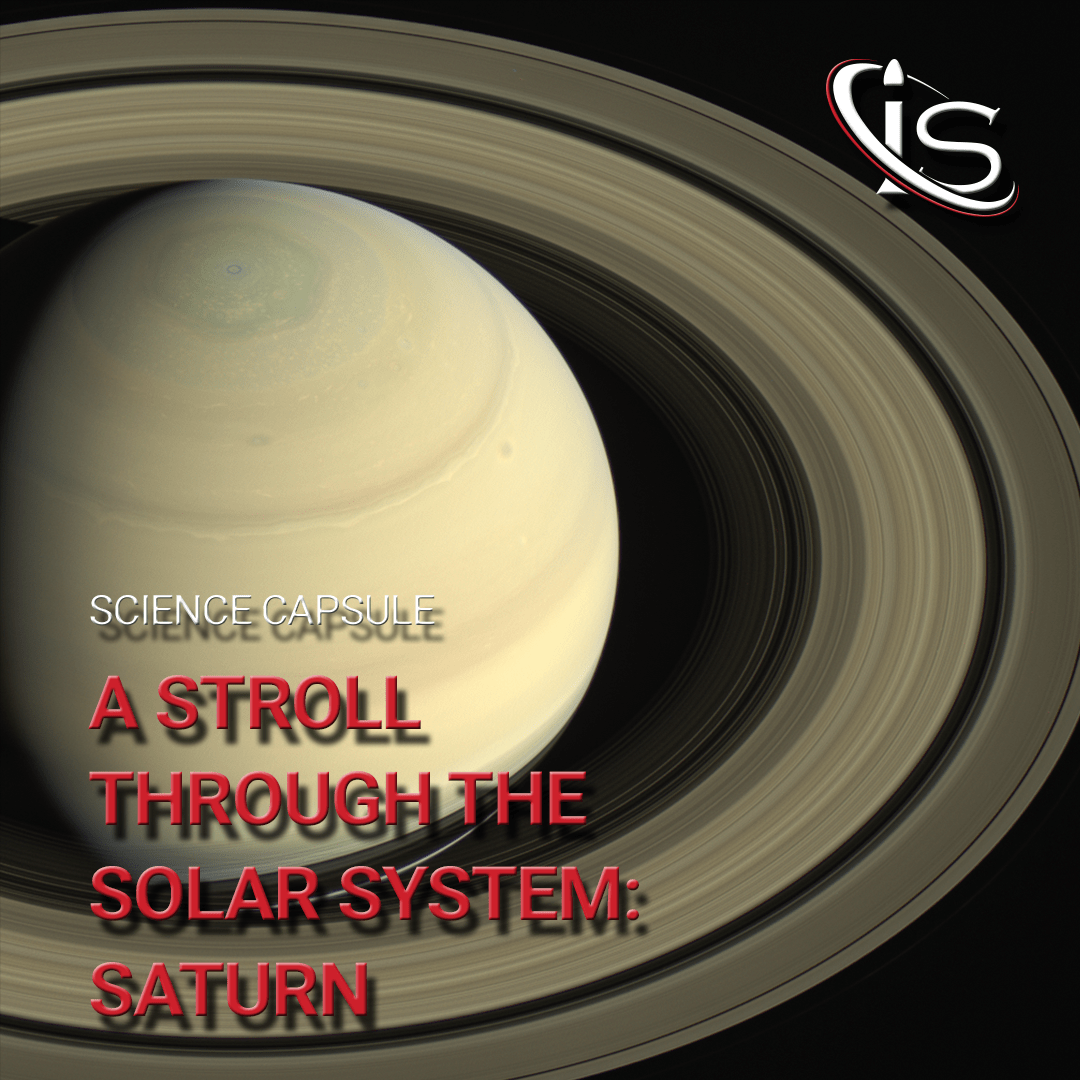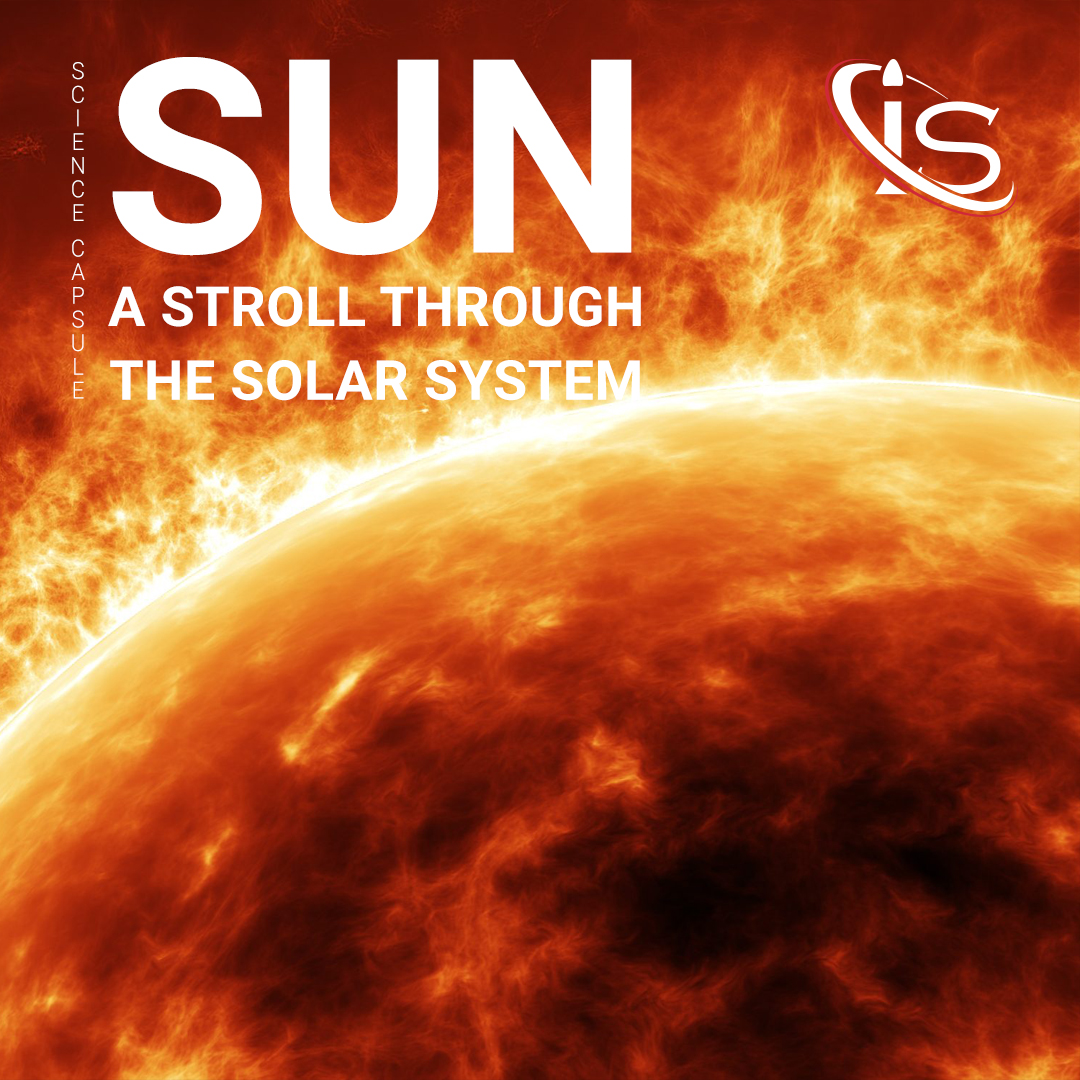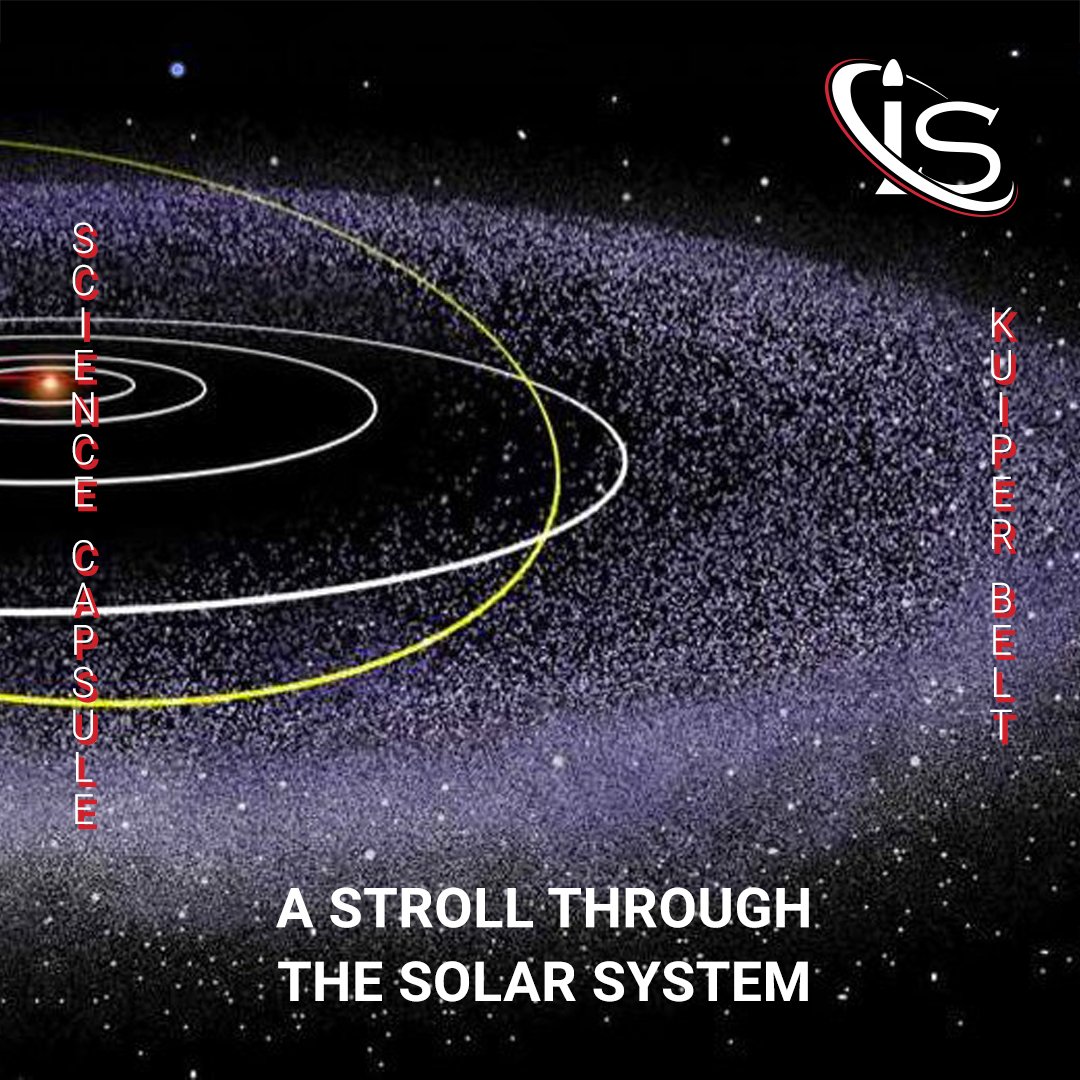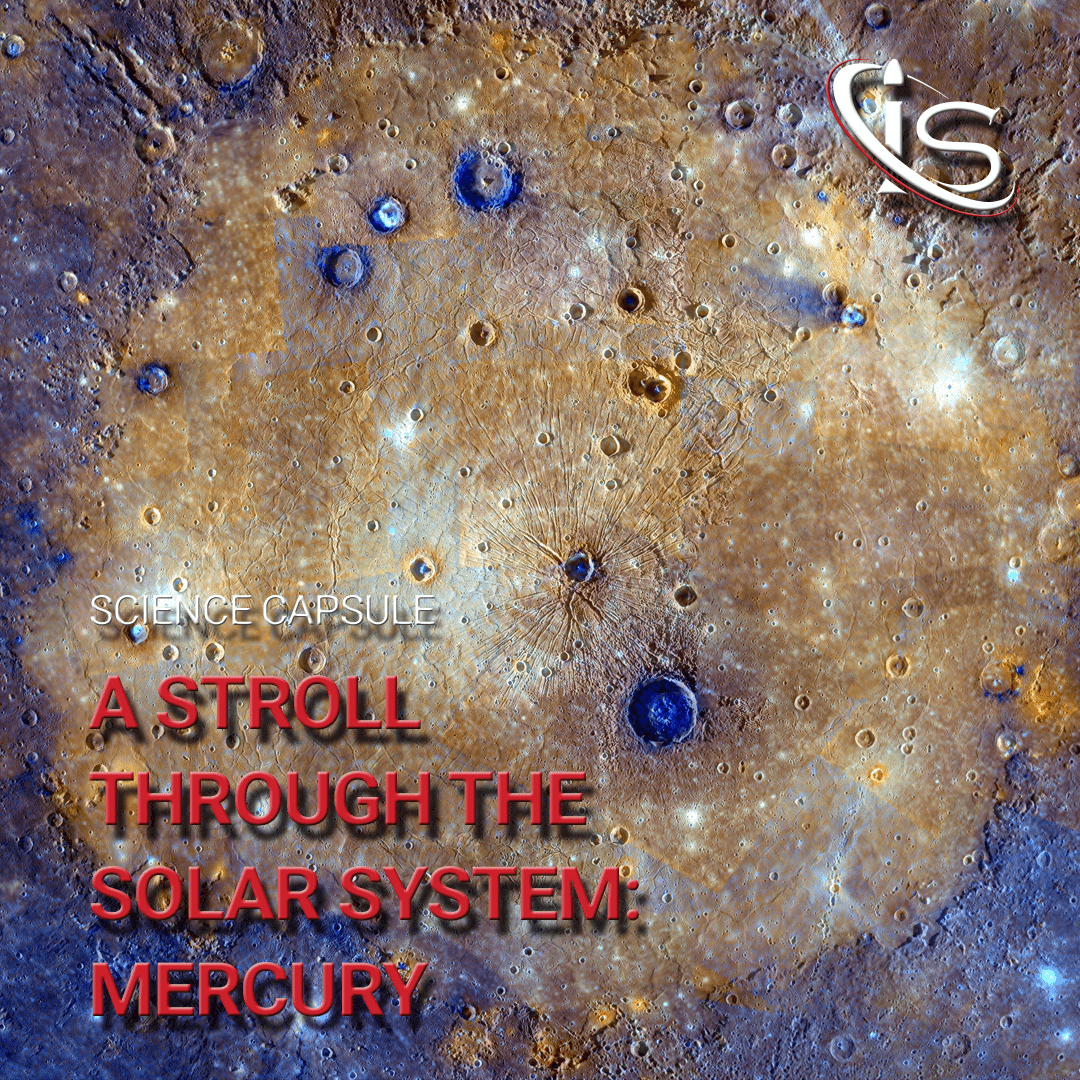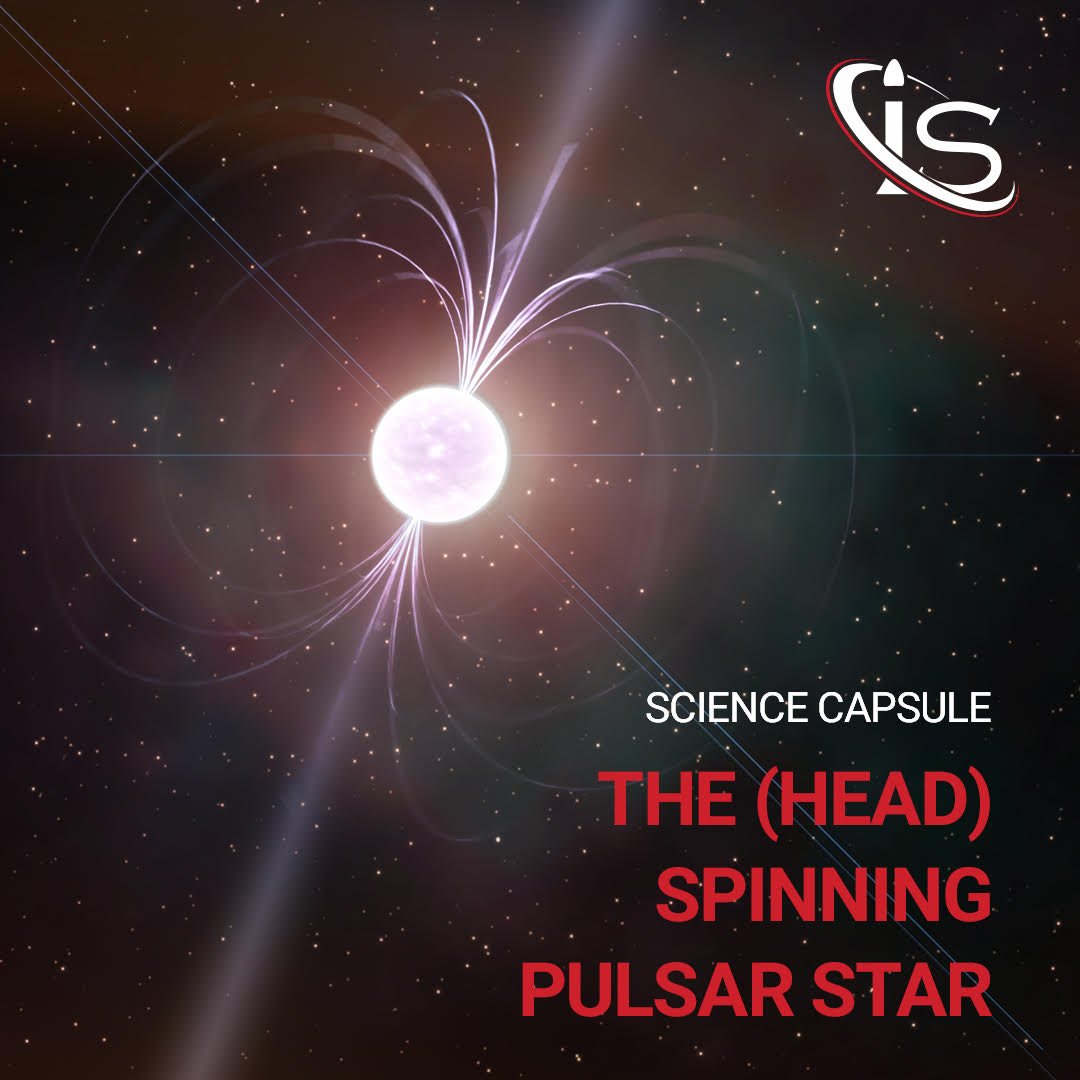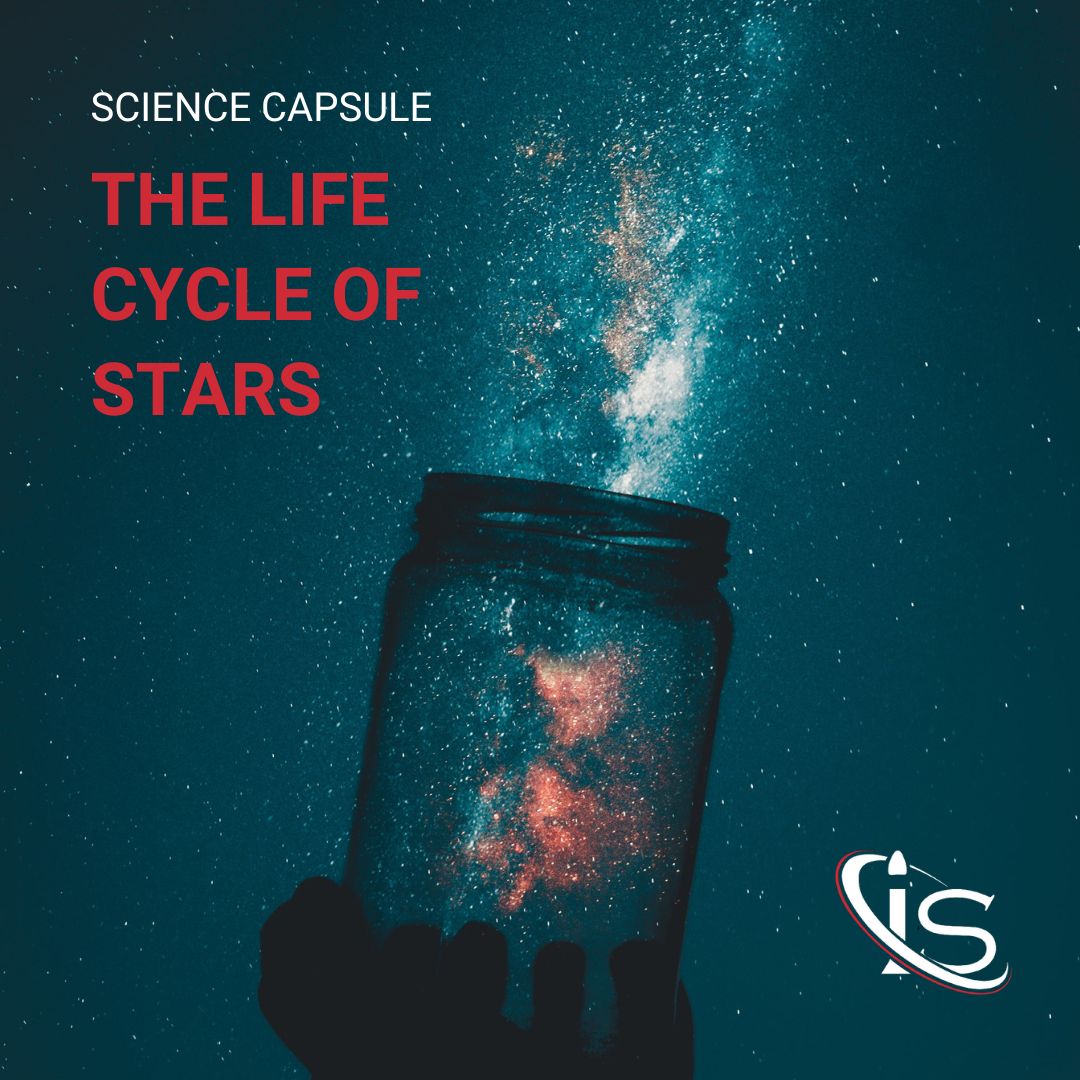Welcome, everyone, to part 2 of our grand finale for our series of strolls. We are, once again, talking about the center of our galactic neighborhood, the Sun. Last time was all about the structure and history of our star. Today, on the other hand, we will discuss more about the Sun, itself, yes, but will also focus on how it impacts every other object in the Solar System. From its atmosphere to the Solar Wind, there is a lot to unpack today, so let’s get started.
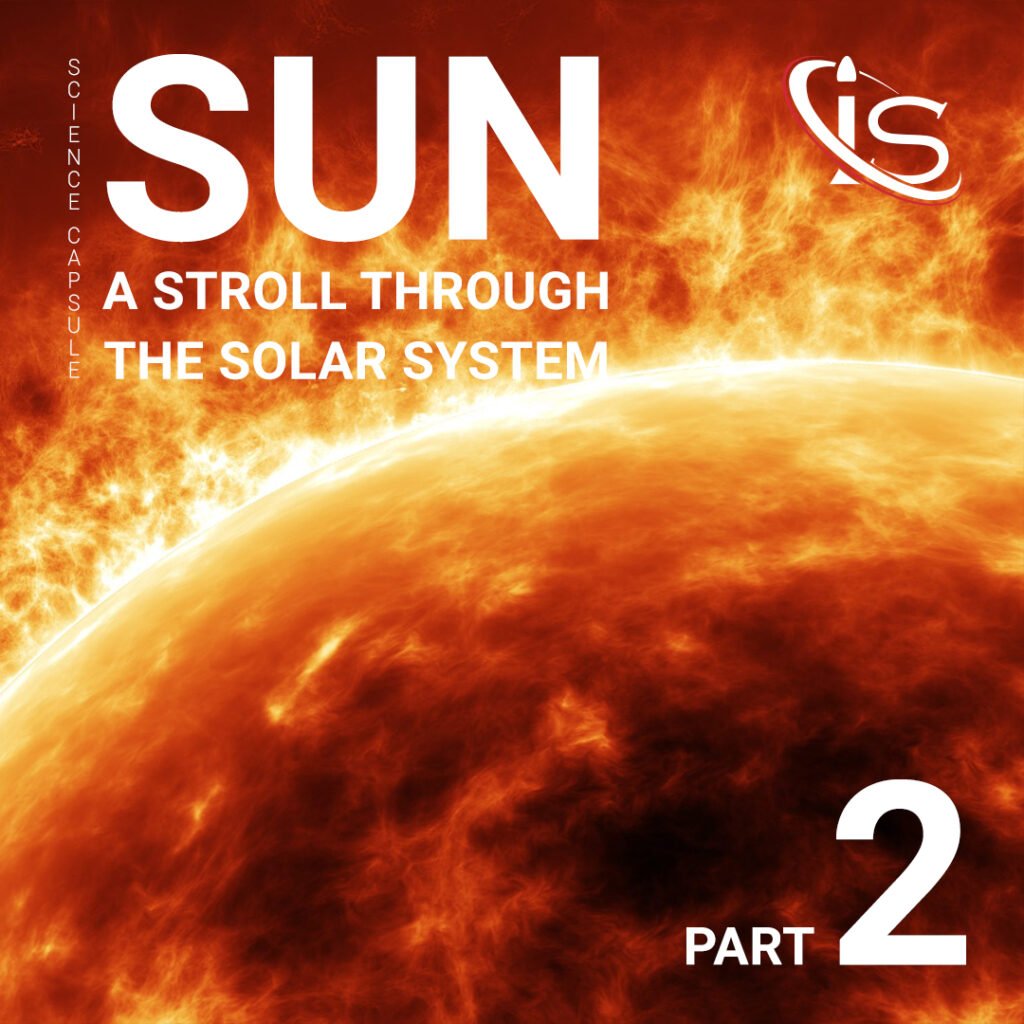
The Sun’s Atmosphere
Picking Up Where We Left Off
The end of part 1 consisted of dissecting what makes up the Sun’s outer layers. And while I did not mention it at the time, all of those — the photosphere, chromosphere, transition zone, and corona — make up what we refer to as our star’s atmosphere. So, if we already discussed all this, why am I bringing it up now? The reason is simple: to explore all the wondrous phenomena that take place in this, quite literally, dazzling place. But first, a couple fun facts about the Sun’s atmosphere, as a whole.
Under normal circumstances, the upper regions cannot be seen due to the underlying, much brighter photosphere. However, that all changes during total solar eclipses. The chromosphere starts to appear like a red rim on the outside of the Sun, while the corona appears like a white crown, with streams of plasma forming the shape of petals. This is also what gives the corona its name, as corona means crown in Latin (and other romance languages, such as Italian). Interestingly (and quite mysteriously), the corona is actually much hotter than its adjacent, underlying layers. Even more interesting, perhaps, is that the reason for this remains unclear to this day.
Solar Flares
We actually touched on this topic in our last capsule, The 5 Best Pictures of the Solar System, so you can check that out if you want to see a concrete example of one. However, today we are going to be treating this argument in a more fundamental sense.
Solar flares are caused by the release of magnetic energy, which, in turn, causes bursts of light and particles. These are incredibly high in energy and can have tremendous repercussions all the way here, on Earth. One such example is something we discussed in the aforementioned capsule. Known as the Carrington Event, this solar flare occurred in 1859 and is believed to be the largest in recorded history to date. The size of it was so massive it caused the Northern Lights (or aurorae) to reach areas like Hawaii and Cuba.
Sunspots
The characteristic sunspot looks like a dark blip on the surface of our beloved star. However, that is not really the case. Of course, to us, sunspots do look dark. But the reason for that is not a sudden change in the frequency of the visible light emitted by our star. Not really, at least. Instead, what is actually happening here is us observing “small”, “cooler” regions of the Sun.
Those quotes are very much supposed to be tongue in cheek, as calling anything related to our star small or cool is quite the oxymoron. In fact, the temperatures of sunspots are only slightly less than those of the surrounding photosphere, and their sizes range from 1,600 km to 160,000 km (1,000 mi to 100,000 mi). For those curious, they are created by parts of the Sun’s magnetic field breaking through from the interior to the atmosphere.
Solar Prominence
This is yet another phenomenon caused by the Sun’s magnetic field — and trust me when I say we will be touching on that topic multiple times still. Having a snakelike appearance, solar prominences consist of denser, “cooler” material that is suspended over our star. Furthermore, if these are viewed against the silhouette of the Sun — as opposed to off its edge — they are called filaments, instead.
As for what the magnetic field has to do with them, the answer is a very simple, “Everything”. From being what keeps the material suspended to being the cause of prominences in the first place, the Sun’s magnetic field is at the center of all that has to do with this phenomenon. As for how it causes these mystifying structures, the answer is that prominences can erupt due to instabilities in the magnetic structure. These can send plasma careening outwards in what is known as coronal mass ejection, or CME. And speaking of…
Coronal Mass Ejection
In the never-ending stream of effects that are due to the Sun’s magnetic field, we have coronal mass ejections (CMEs). These often happen after solar flares and are clouds of magnetized particles that are shot out into space at the dizzying speed of millions of kilometers per hour. CMEs also tend to expand as they venture farther into space, with many measuring millions of kilometers in size.
Due to their magnetic nature, CMEs can have some interesting (and sometimes very detrimental) effects when aimed at our planet. From the aforementioned aurorae to causing short-circuits to satellites, these clouds can be quite impactful on us. However, the most dangerous threat they pose it to astronauts, as they can pose a serious threat to anyone in orbit.
Coronal Holes
These are similar, in a way, to sunspots — and, of course, they have to do with the Sun’s magnetic field. What coronal holes are is an area of noticeably lower density than its surroundings. They happen when the Sun’s magnetic field aligns itself directly to interplanetary space. This leads to Sun expelling solar material at even higher speeds in the form of solar wind streams.
Because of this departed material, the region in question now has a lower density. And this is what gives coronal holes their signature dark splotch look — at least when observed under UV light.
Spicules
This is the last of the atmospheric phenomena that can be regularly observed happening on the Sun. While these may not be related to more “unique” effects of the Sun’s magnetic field, they are still affected by it, simply due to the strength and presence of it.
Spicules are jets of material that are constantly being emitted from all over the Sun’s surface. Not only do they happen incredibly frequently — with up to 10 million spicules occurring at any given time — they are also incredibly fast. Reaching speeds of 100 km/s (60 mi/s), these jets can extend up to 9,700 km (6,000 mi) before collapsing.
The One and Only Magnetosphere of the Sun
We are finally here. The section that will talk about the much-maligned magnetic field of the Sun. We have been talking about this in some way since the first couple strolls, mainly through the effects of the solar wind on the planets. And that is because it is this solar wind — which is made up of streams of electrically charged gas — that takes the Sun’s magnetic field and propagates it throughout our Solar System. This area enclosed by the Sun’s magnetosphere is known as the heliosphere.
Ever-Changing
Of course, given the nature of the Sun and its movement, the heliosphere is not frozen in space and time. First off, the Sun rotates and moves through space. This means that its magnetic field actually assumes a spiral shape, known as the Parker Spiral. Furthermore, the Sun’s magnetic poles will switch once every 11 years. This means that its magnetic field actually becomes more active in this changing period. The alternating of phases of high and low magnetic activity is what makes up the solar cycle.
The Solar Cycle
The effects of this change in magnetic activity are varied. For one, during the high activity period, the photosphere, chromosphere, and corona all become violently active. This also leads to an increase in the number and size of sunspots, coronal mass ejections, and solar flares. We are currently in the middle of Solar Cycle 25, which began with the solar minimum of October 2019. The next maximum is expected in July 2025.
Space Weather
The particles and energy released through the solar wind — especially during solar maxima — greatly impact what is known as “Space Weather”. The effects for us here on Earth include all of the ones discussed in the coronal mass ejections section.
Perhaps the most noteworthy event of the effects of space weather on Earth is one we have already touched on, the Carrington Event. Named after the British astronomer Richard Carrington, the effects of this geomagnetic storm went far beyond aurorae being found closer to the equator. Telegraph systems went berserk, with the sparks discharged leading to their paper being set on fire. And as for the aurorae, they burst forth before dawn lighting up European skies in red, purple, and green colors. Furthermore, they were so bright that people could supposedly see as well as if it were broad daylight.
Of course, there have been other similarly (although not quite as) strong geomagnetic storms through the years. Another solar flare in 1989 disrupted transmissions from the Hydro Québec station. This left millions of people in the dark for 9 whole hours hours. And in December 2005, x-rays from a solar storm interfered with GPS signals for around 10 minutes. So, bad space weather is not as extraordinary as something like the Carrington event may make it out to be.
Mythological Origins
Welcome back to everyone’s favorite section, the mythological origins. This iteration of it will be slightly different than usual, however. After all, the name “Sun”, itself does not have the same Greco-Roman background as much of the rest of the Solar System. So, instead of focusing on one myth, I will take a more holistic approach. This feels like the best way to approach this, as every culture had their own myths surrounding our star. Because of this, each reference will be very brief — although I encourage anyone curious about this topic to look more into it.
Same Subject, Different Stories
Helios
The representation of our star as personified deity really can be seen everywhere, so let’s take a look at some to get an idea of what they are about. Starting off with the usual Greco-Roman ones, we have Helios (or Sol) in Latin. Not only is the second basically the name of our star in romance languages, but the deity in question is an interesting one as well. He started off as a relatively minor Greek deity. His two symbols were the famous sun chariot and radiant crown. However, as we move towards Rome, his role became more prominent. This is largely because he began being identified with other major solar divinities, such as Apollo and the aforementioned Sol.
Ra
Another famous Sun deity is the Egyptian god Ra. Although, during the early stages of ancient Egypt, all divinities associated with our star were actually female. Still, by the 4th Dynasty, Ra has established himself as the one and only deity of the Sun. And he finally reached the pinnacle of his importance during the 5th Egyptian Dynasty. By the time the Middle Kingdom came around, however, Ra had lost a lot of ground to the Osiris, the god in charge of judging the dead — and one of the divinities associated with the pharaohs.
Tonatiuh
The last divinity I would like to bring up today is the Aztec one, Tonatiuh. This feels especially appropriate, as the Aztecs studied the Sun very closely — much like their Mayan ancestors — even coming up with their own solar calendar. Tonatiuh was the leader of Tollan (heaven) and was also known as the 5th Sun. This is because the Aztecs believed he took over for the 4th one, after his predecessor had been expelled from the skies. Unfortunately, the Aztecs also believed that Tonatiuh required human sacrifices to move through the skies. So, this is not the most light-hearted of mythology-related stories.
I will end this section here, but again, I really do encourage looking more into this topic. Both for the divinities I brought up, and the ones I did not.
The End of an Era
And that, my dear readers, will do it for us. After so many capsules centered around these strolls, I cannot help but feel nostalgic that this series is drawing to a close. I am so thankful for everyone who took part in this journey. Whether it was for every stroll or just one, I am truly happy and honored that you joined us in this anthology of our Solar System.
Having said that we will, of course, be back next week with more content for you. So, “see you” all then, right here, at impulso.space.
